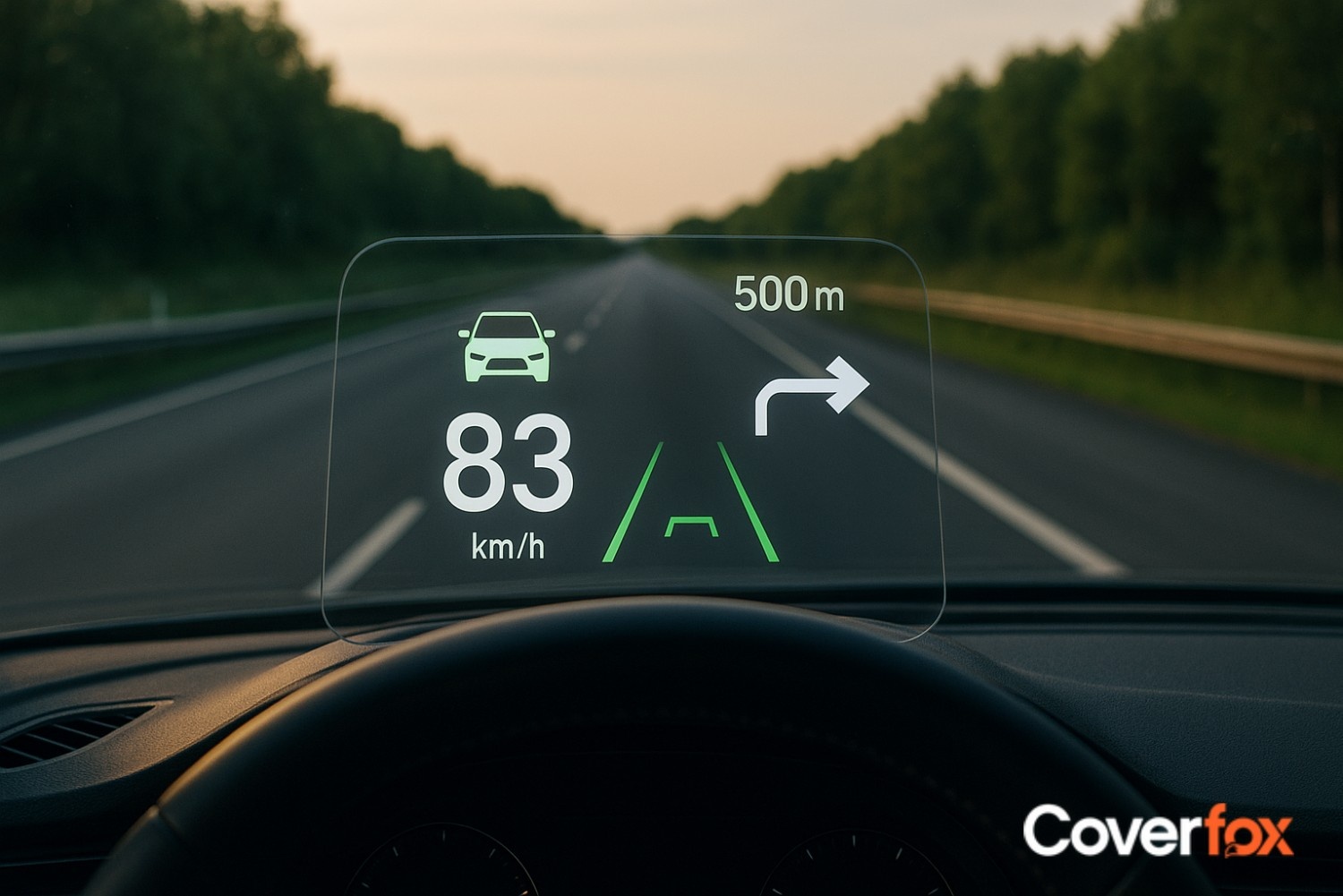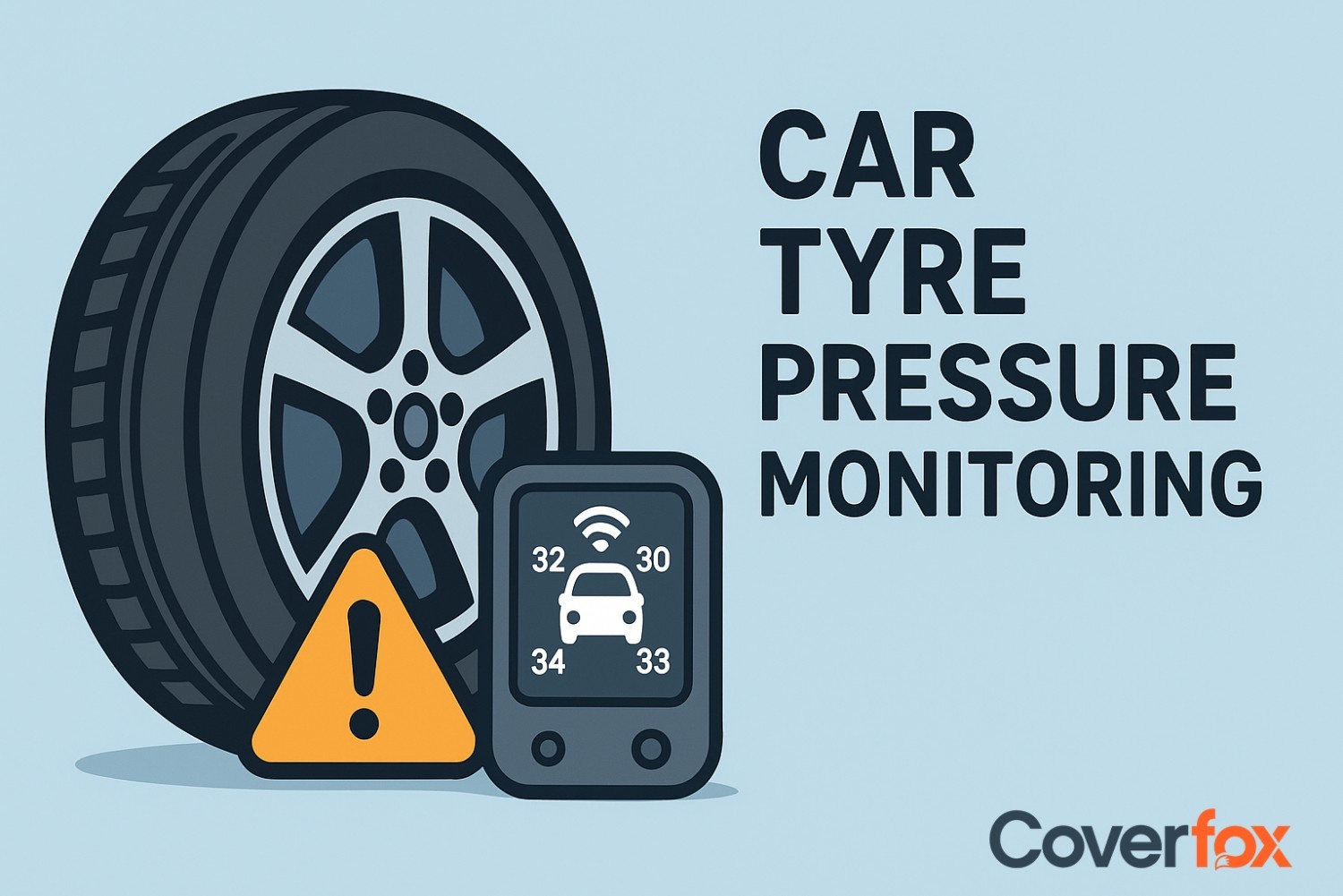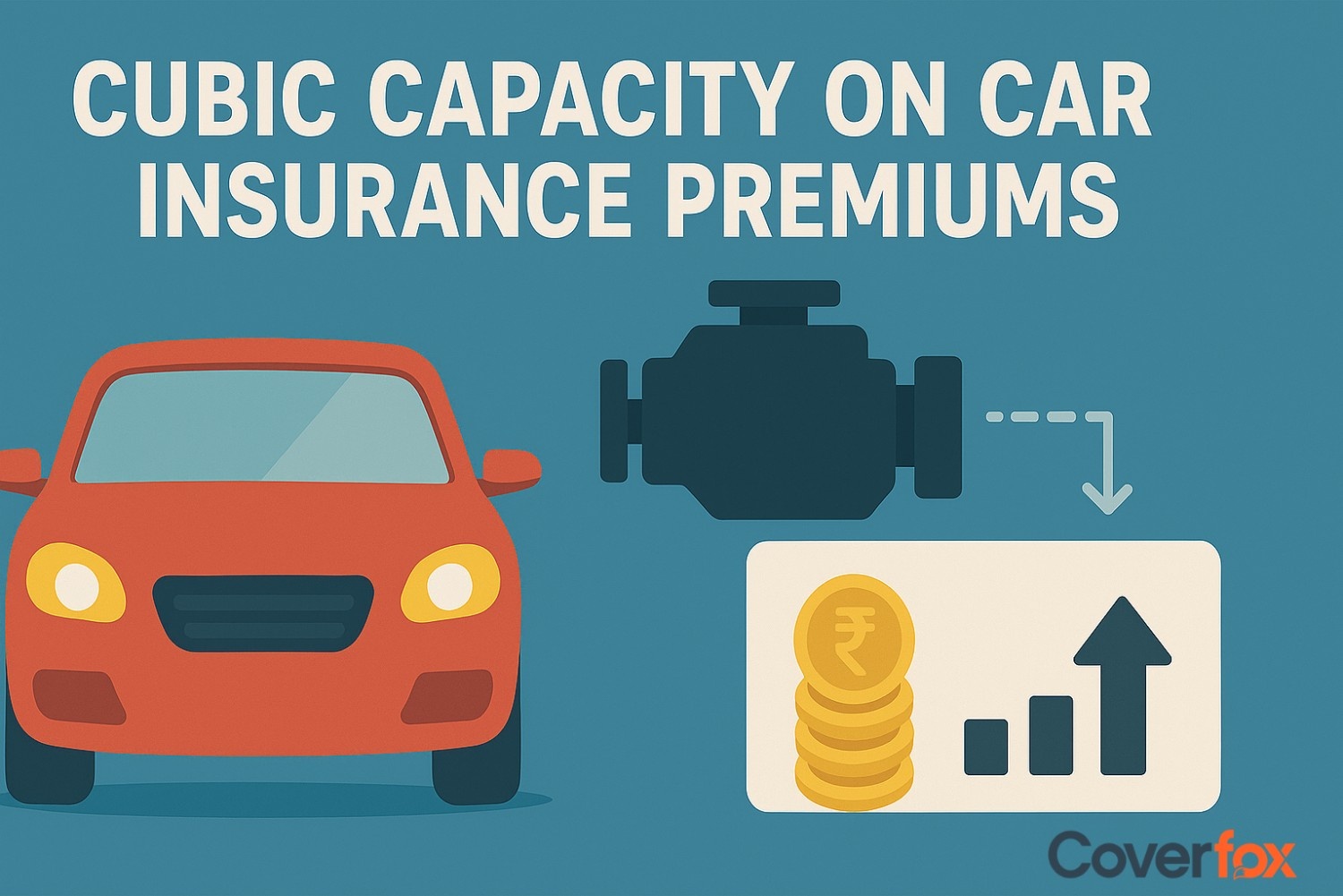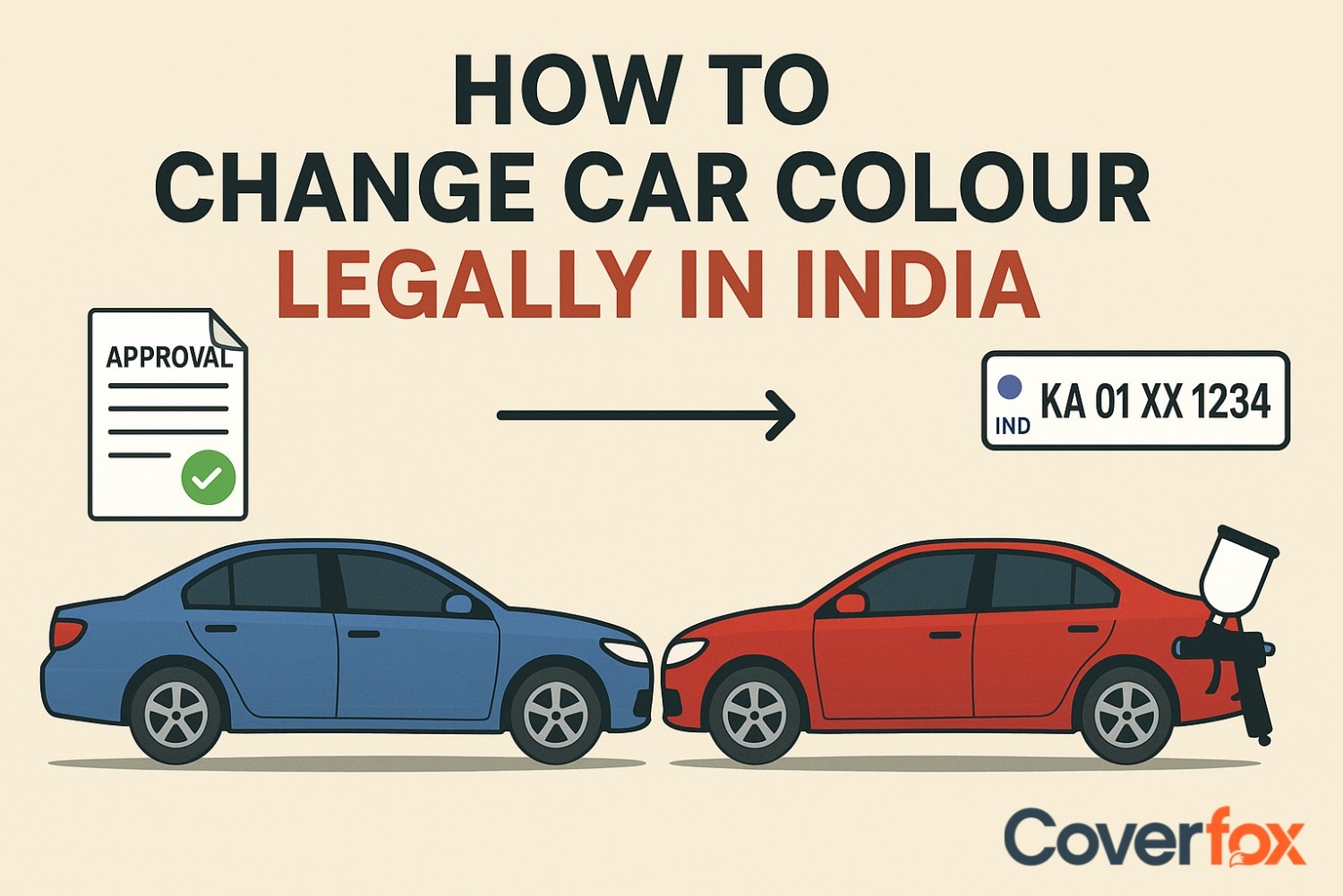More often than not, we have seen drivers take their eyes off the road to check their car speed, fuel remaining, or any other important detail, for a split second or two. Although knowing the information is important, even a moment of eyes off the road can be dangerous. To solve this problem, modern cars have a feature called “Heads-up Display” (HUD).

This feature is widely used in fighter jets – to help the pilot focus. Let us learn more about the HUD in cars, what they are and what are their types through this article.
What is a Heads Up Display(HUD) in a Car?
A Heads-Up Display (HUD) in a car projects essential driving information like speed, navigation, and warnings onto the windscreen or a small transparent screen. It helps drivers keep their eyes on the road without looking at the dashboard. Modern HUDs often use augmented reality for clearer, more intuitive guidance.
How a Heads-Up Display Works in a Car
A Heads-Up Display works by projecting information from the car’s onboard computer onto the windscreen or a transparent panel using a projector or LED system. The display reflects the data at a specific angle so it appears to float in the driver’s line of sight. Sensors and navigation systems update the information in real-time for seamless visibility.
Different Types of Heads-Up Displays
There are several types of Heads-Up Displays used in cars, each differing in technology and projection method. Here are the main types:
Combiner HUD
Windshield HUD
Augmented Reality (AR) HUD
Aftermarket HUD
Projects information onto a small transparent screen above the dashboard, ideal for compact cars.
Displays data directly on the windscreen, providing a larger and clearer view.
Integrates navigation and safety alerts into the driver’s real-world view using advanced sensors and cameras.
External devices that connect via OBD ports or Bluetooth to project data onto a reflective film on the windscreen.
Key Features of HUD in Cars
Key features of a Heads-Up Display (HUD) in cars include:
Speed and Navigation Display
Safety Alerts
Customisable Display
Augmented Reality Integration
Night and Day Visibility
Shows real-time speed, route guidance, and turn-by-turn directions.
Warns drivers about lane departures, collision risks, and speed limits.
Allows users to adjust brightness, position, and information shown.
Projects navigation cues and hazard markers directly onto the road view.
Automatically adapts brightness for clear viewing in all lighting conditions.
Advantages of Heads Up Display
The biggest advantage of Heads-Up Displays is that it offers drivers critical information without requiring them to look away from the road, enhancing safety and convenience.
- Improved Safety: Keeps eyes on the road, reducing distractions.
- Better Navigation: Provides clear, real-time directions within the driver’s line of sight.
- Quick Access to Data: Displays speed, warnings, and alerts instantly.
- Enhanced Driving Experience: Modern HUDs with AR make driving more intuitive.
- Adaptable Visibility: Auto-adjusts for day and night conditions.
Disadvantages of Heads Up Display
While HUDs enhance driving, they also have some drawbacks:
- High Cost: Installation, especially of AR HUDs, can be expensive
- Potential Distraction: Too much information may divert attention from the road
- Visibility Issues: Bright sunlight or dirty windscreens can reduce clarity
- Compatibility Limits: Not all car models support HUDs
- Adjustment Needed: Display may require repositioning for drivers of different heights
Difference Between HUD and HMD
A Head-Mounted Display (HMD) is a wearable device that projects visual information directly in front of the user’s eyes, often used in VR or AR applications, and differs from an HUD display:
| Feature | HUD (Heads-Up Display) | HMD (Head-Mounted Display) |
|---|---|---|
| Placement | Mounted on car windscreen or dashboard | Worn on the head like glasses or a helmet |
| Usage | Primarily in vehicles for driving info | Used in gaming, VR/AR, training, and simulations |
| Field of View | Limited to windshield projection | Moves with the wearer, full immersive view |
| Information Type | Speed, navigation, warnings, alerts | Virtual environments, AR overlays, interactive content |
| User Interaction | Passive viewing, minimal interaction | Often interactive with sensors and controllers |
| Cost | Generally lower (vehicle HUDs) | Higher due to advanced tech and sensors |
What to Look for When Buying a Car with HUD
When buying a car with a Heads-Up Display, consider the clarity and size of the projection, ensuring it’s easily readable in different lighting conditions. Check if the HUD is customisable to show the information you need, and whether it integrates navigation and safety alerts. Also, ensure the position and angle suit your driving height for maximum visibility and comfort. The most important – make sure your car is compatible with an HUD feature.
Heads-Up Display (HUD) Cars Available in India
Here's a list of cars available in India that feature a Heads-Up Display (HUD):
Hatchbacks with HUD
Maruti Suzuki Baleno Alpha
Toyota Glanza V
The first sub-₹10 lakh hatchback in India to offer HUD, displaying speed, gear position, and navigation.
Shares its platform with the Baleno and offers the same HUD features in its top-spec variant.
Compact SUVs with HUD
Maruti Suzuki Fronx Alpha
Toyota Urban Cruiser Hyryder (G & V trims)
Maruti Suzuki Brezza ZXi
Maruti Suzuki Grand Vitara Zeta+ & Alpha+ (Hybrid variants)
Premium crossover with HUD showing essential driving information.
HUD in higher trims for real-time driving data.
HUD displays gear position, speed, and cruise control settings.
Advanced HUD with hybrid-specific information like battery status.
Electric SUVs with HUD
Mahindra BE.6
Upcoming electric SUV with augmented reality HUD for immersive navigation and driving data.
Wrapping Up
Heads-Up Displays enhance safety and convenience by projecting key driving information within the driver’s line of sight. Buyers should consider factors like clarity, customisability, integration with navigation and safety features, and compatibility with their driving height. It’s also important to ensure the car insurance covers the HUD unit, as repairs or replacement can be costly in case of an accident or malfunction.
Also Read:
Complete Guide to the Average Car Dimensions
Different Types of Car Sensors and How They Work
Importance of Car Airbags in Vehicle Safety Systems
Frequently Asked Questions
What is a HUD in a car?
A HUD is a display system that projects essential driving information like speed, navigation, and warnings onto the windscreen, allowing drivers to keep their eyes on the road.
Is Heads-Up Display only available in high-end vehicles?
No, HUDs are now available in select mid-range and even some hatchback models in India, not just luxury cars.
Can I install a Heads-Up Display in my existing car?
Yes, aftermarket HUD devices can be installed on most cars using the OBD port or a reflective panel on the windscreen.
How does a head-up display improve driving safety?
By showing speed, alerts, and navigation in the driver’s line of sight, HUDs reduce distractions and help drivers focus on the road.
What kind of information can a HUD display?
HUDs can display speed, gear position, navigation directions, safety alerts, and in hybrid cars, battery or energy status.
Can I customise the information displayed on a Heads-Up Display?
Yes, most HUDs allow drivers to adjust brightness, position, and the type of information shown.
Can HUDs be used at night?
Yes, HUDs automatically adjust brightness for clear visibility during both day and night.
What are the benefits of using a HUD in a car?
HUDs enhance safety, improve navigation, provide quick access to driving data, and make driving more intuitive, especially with augmented reality features.





